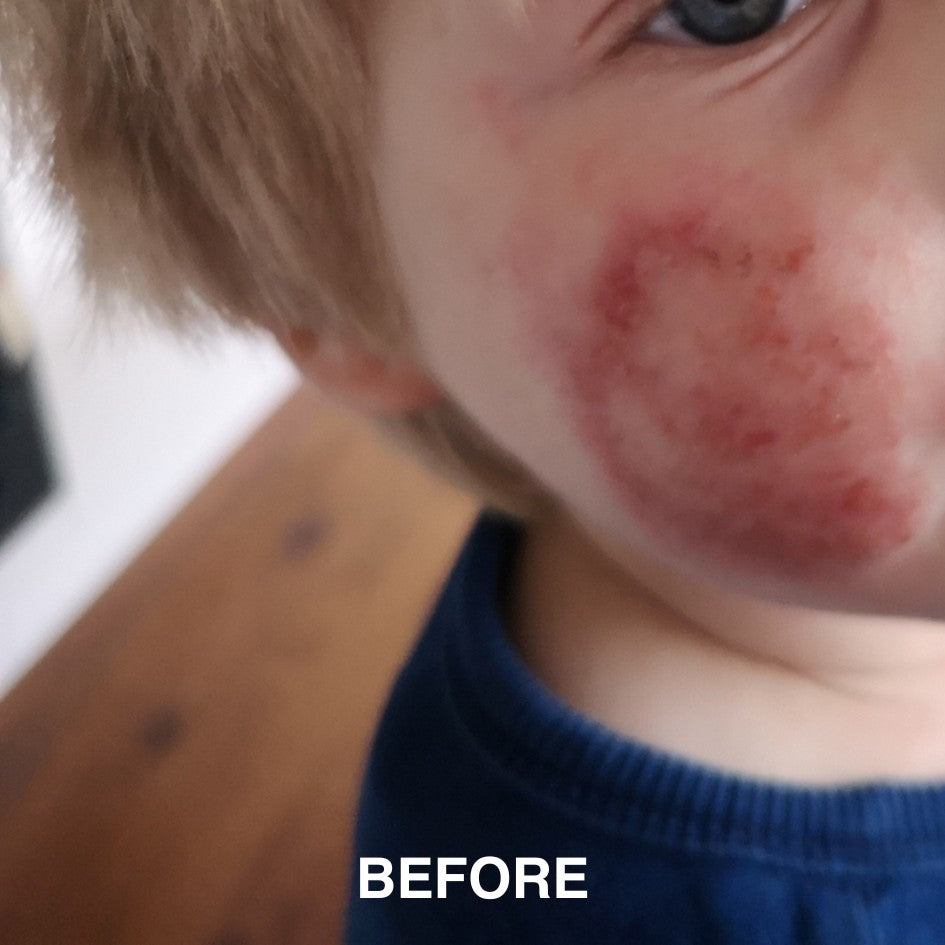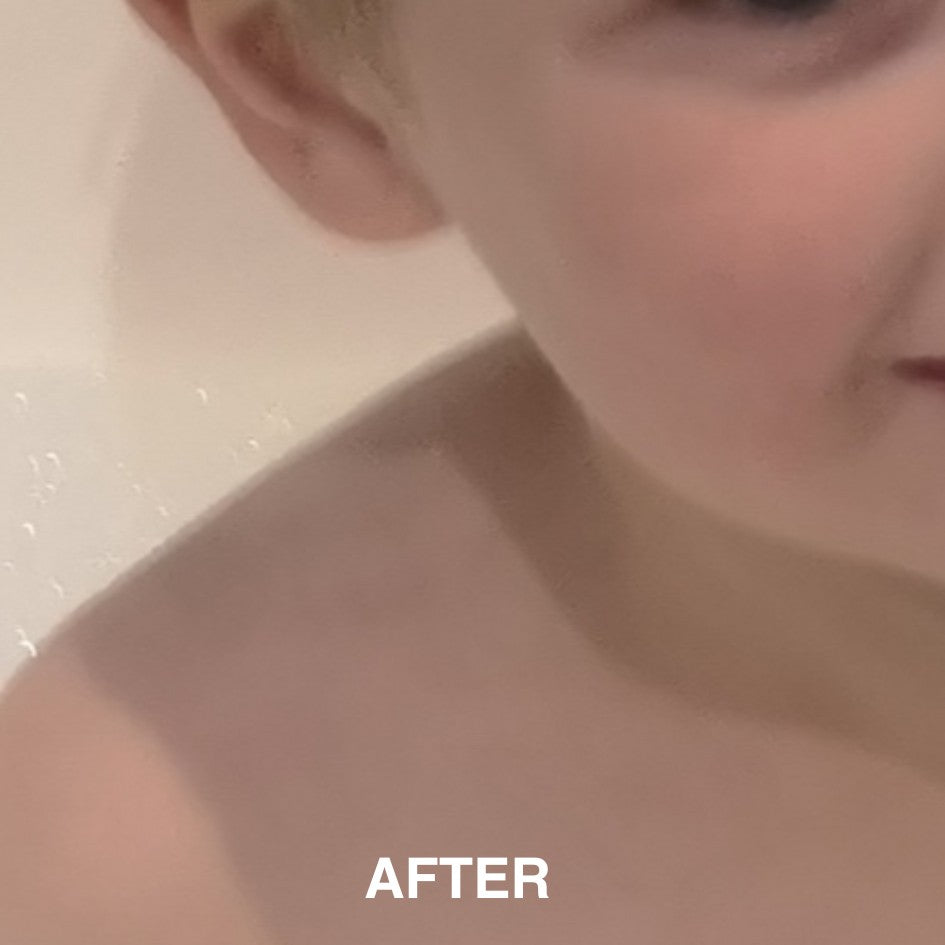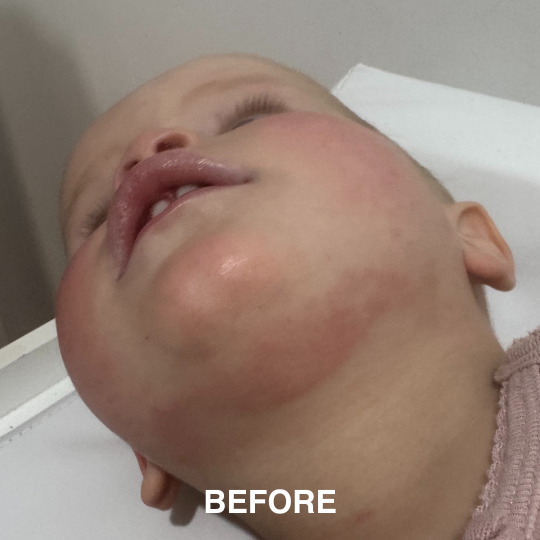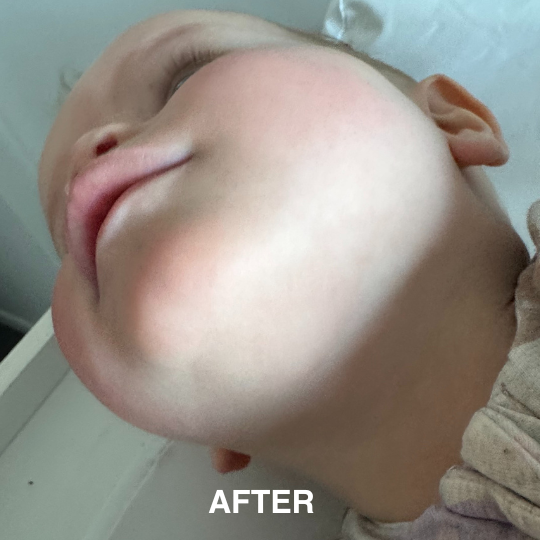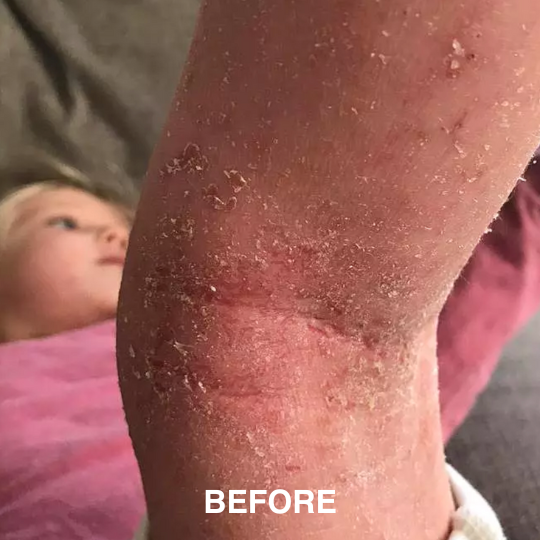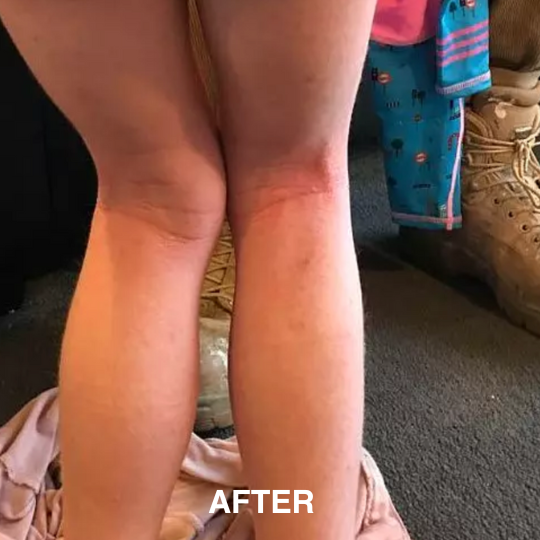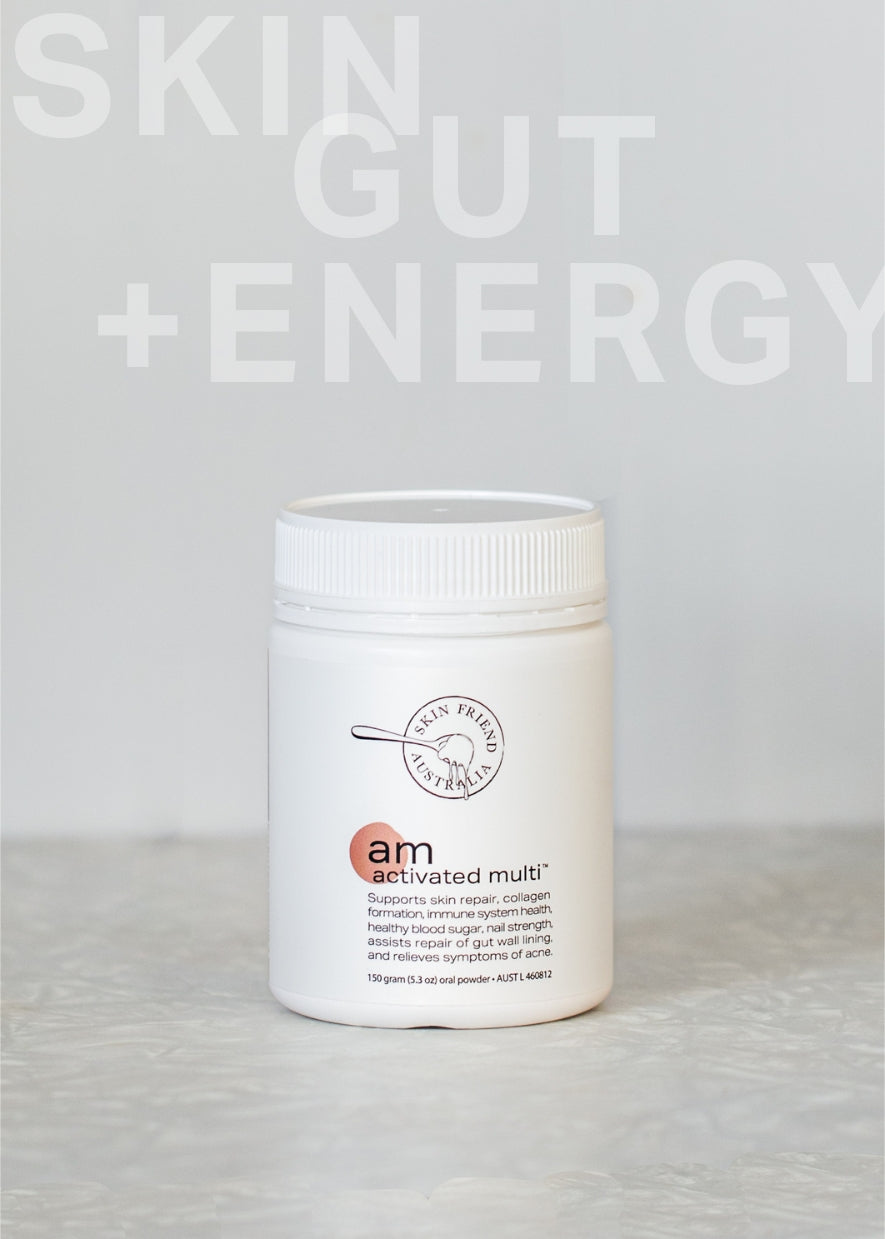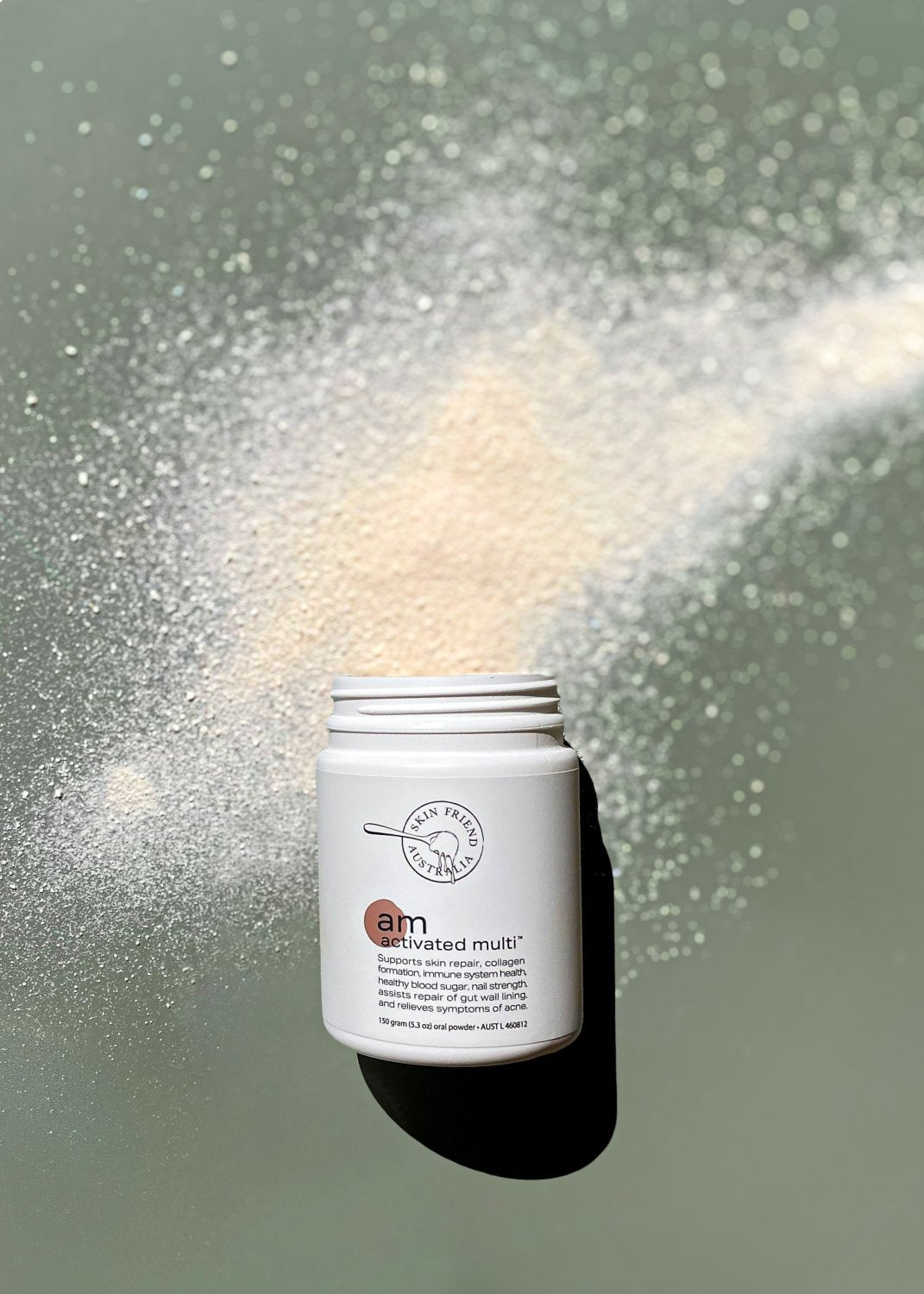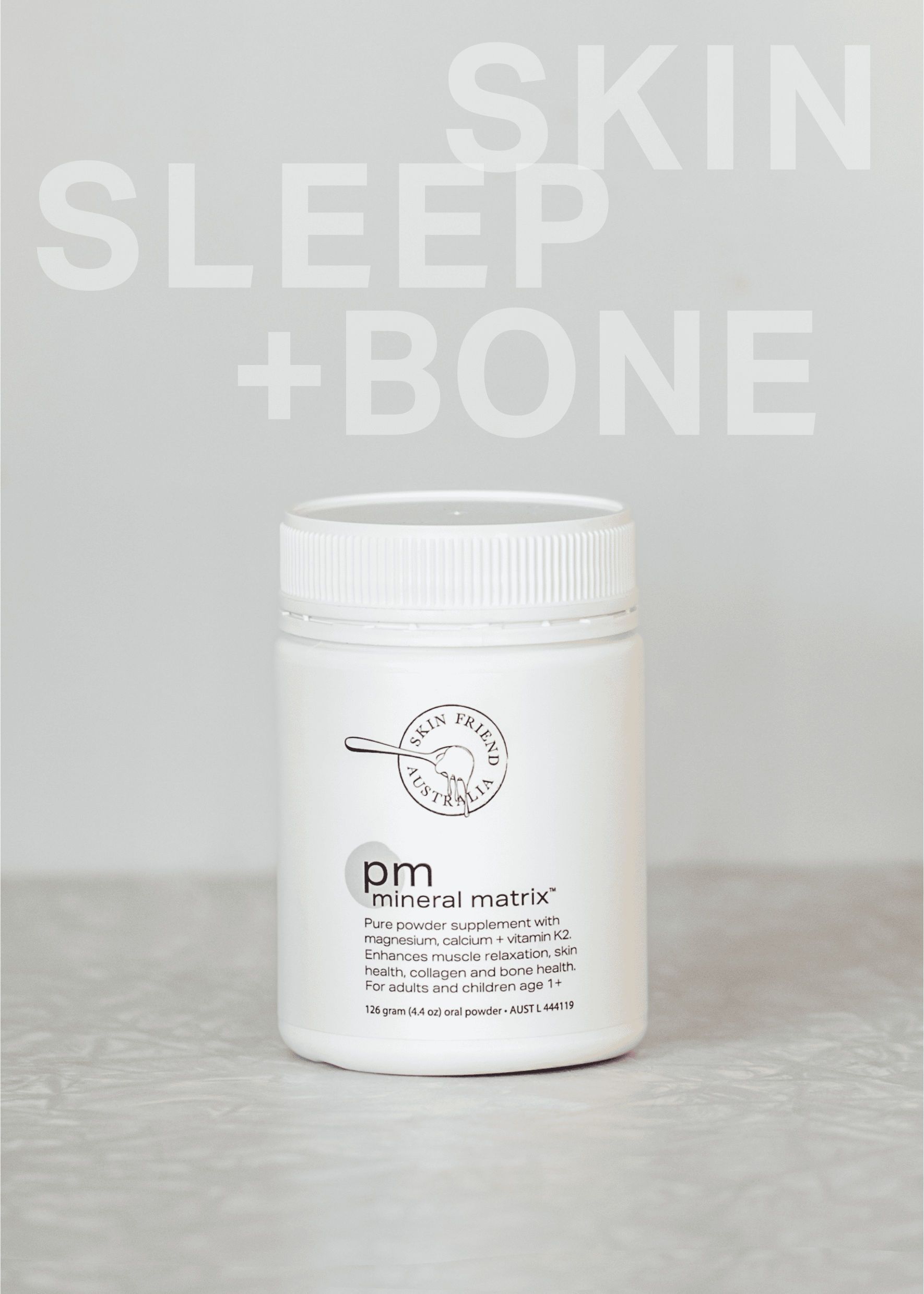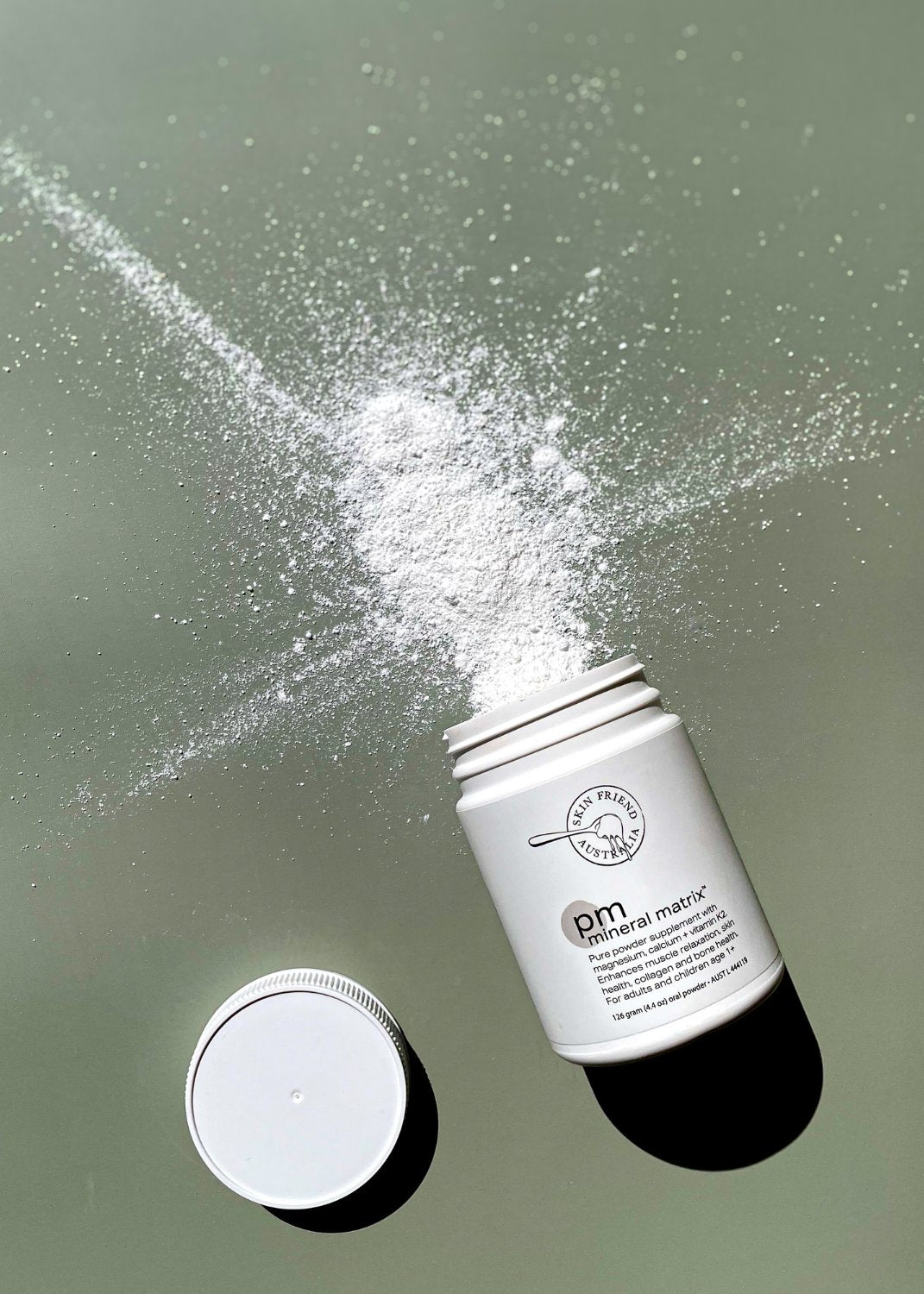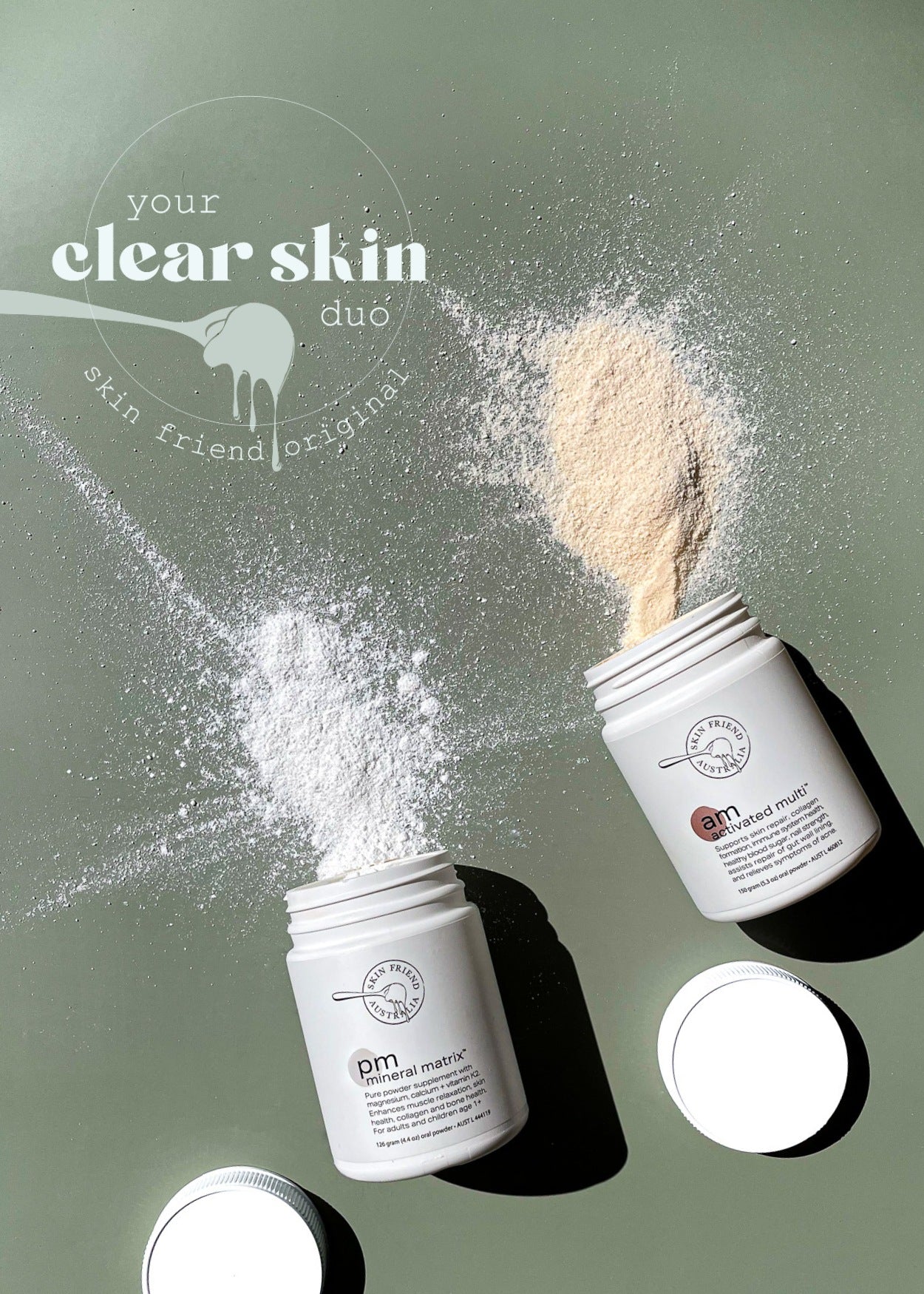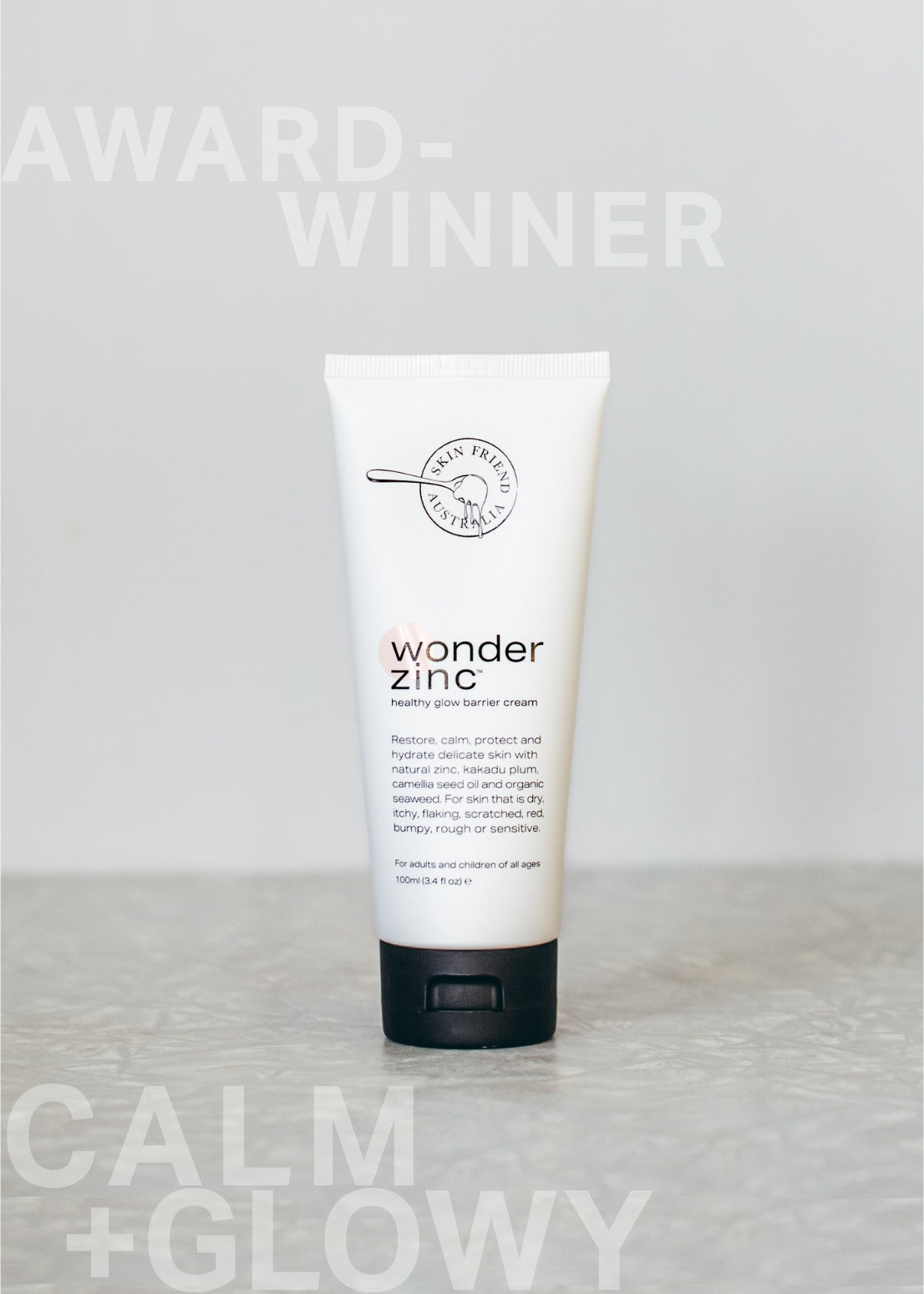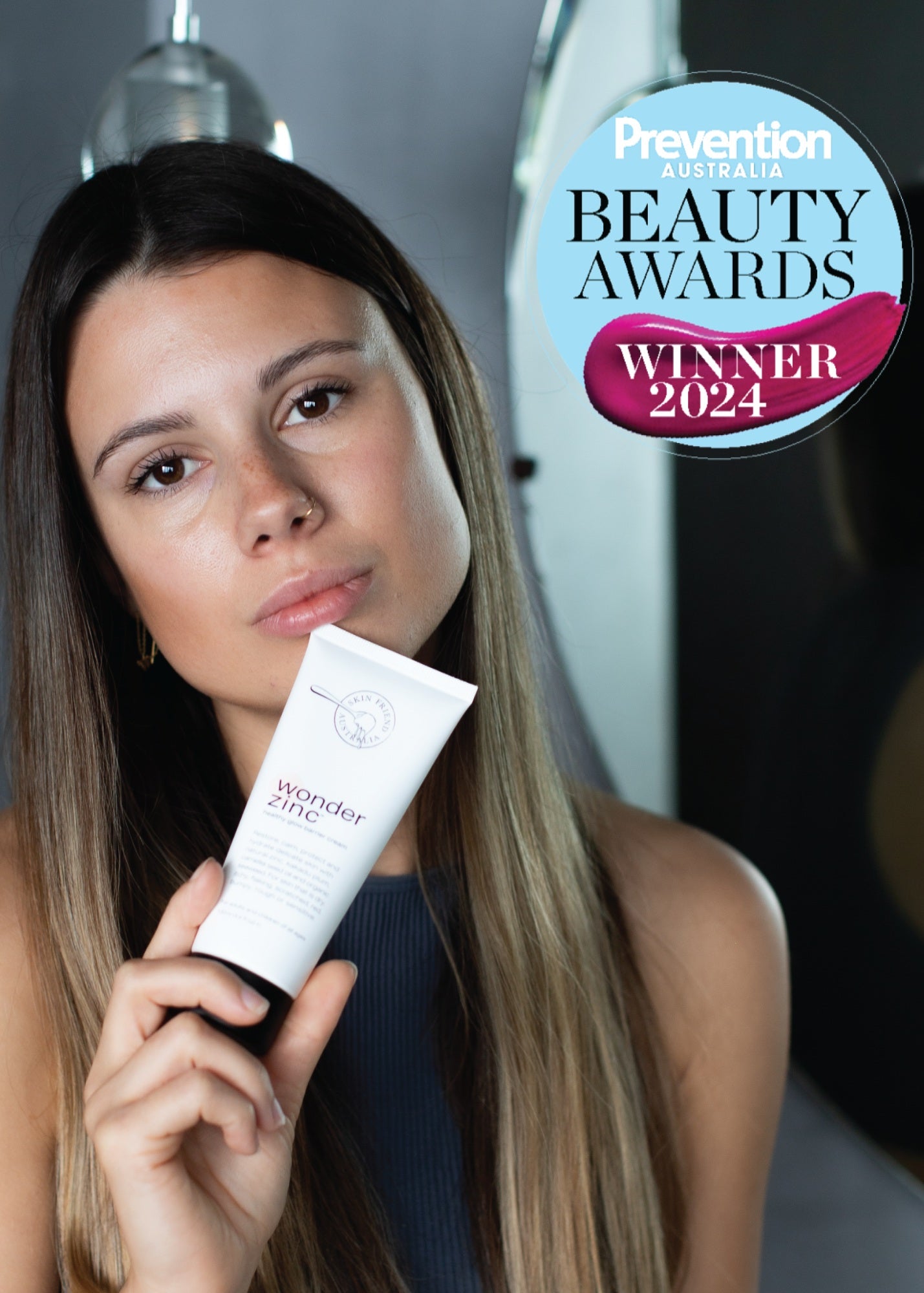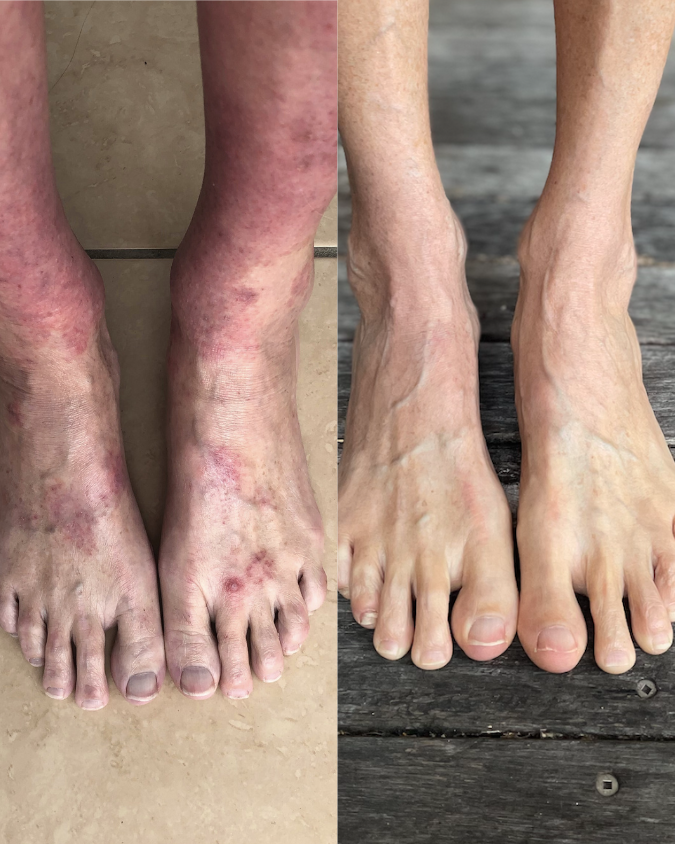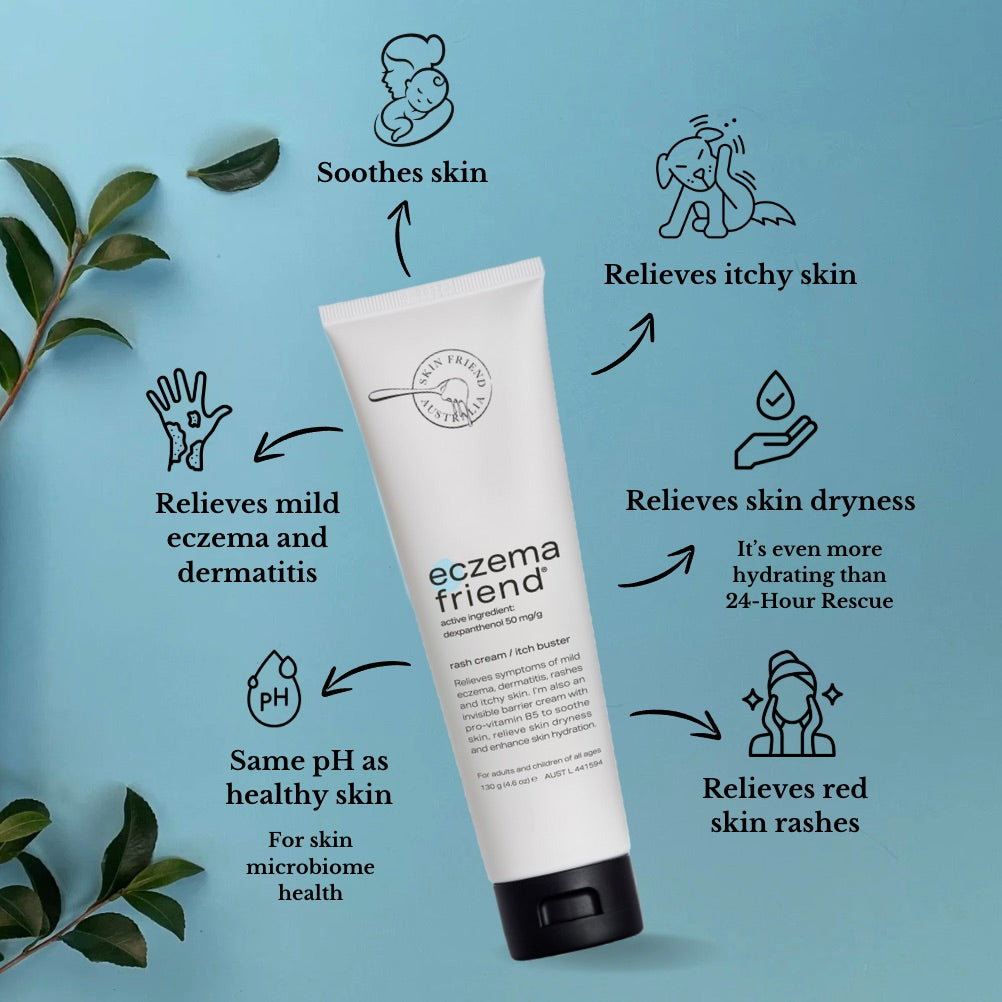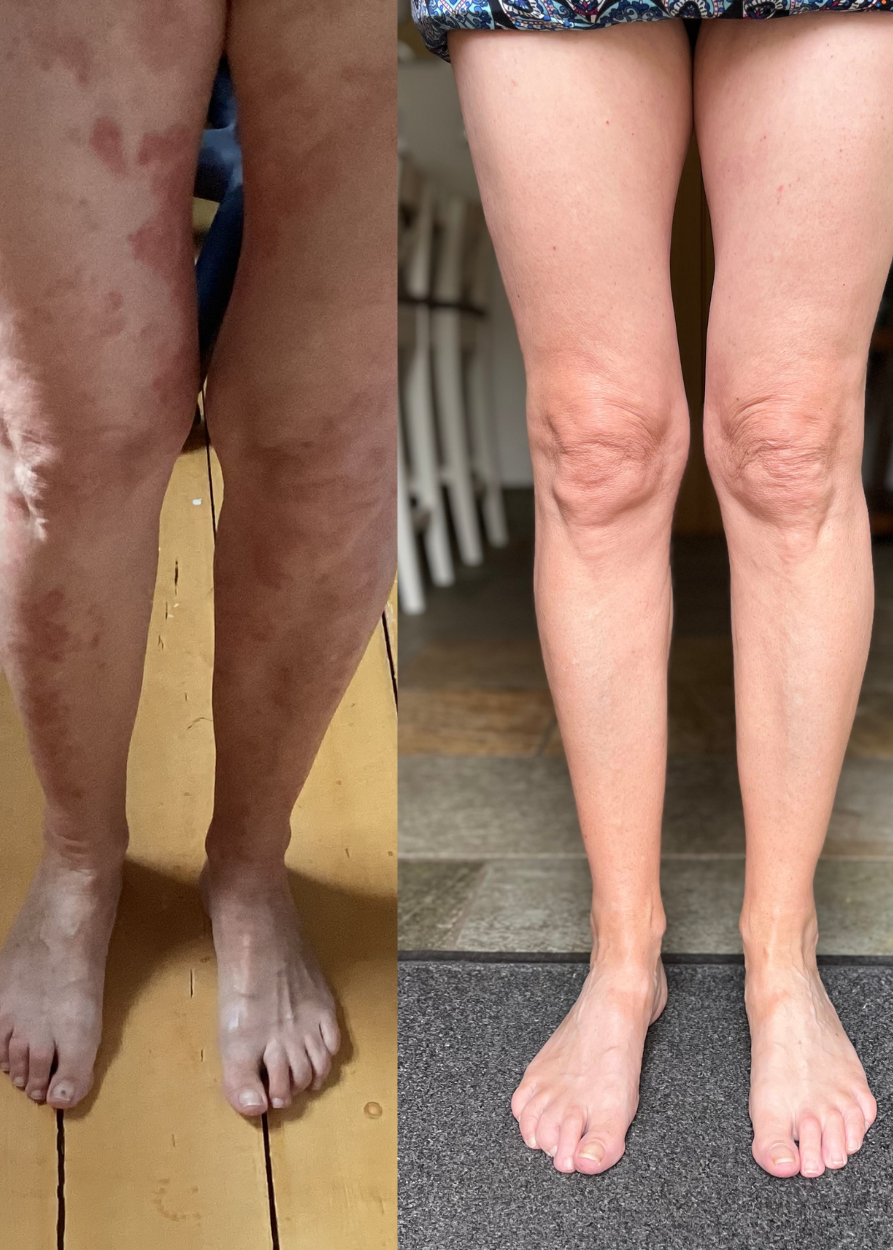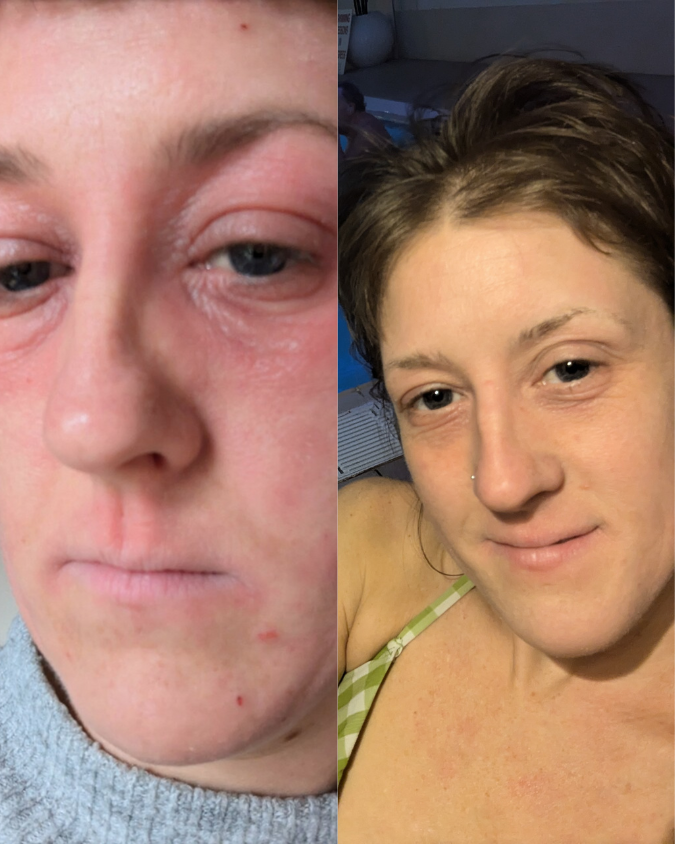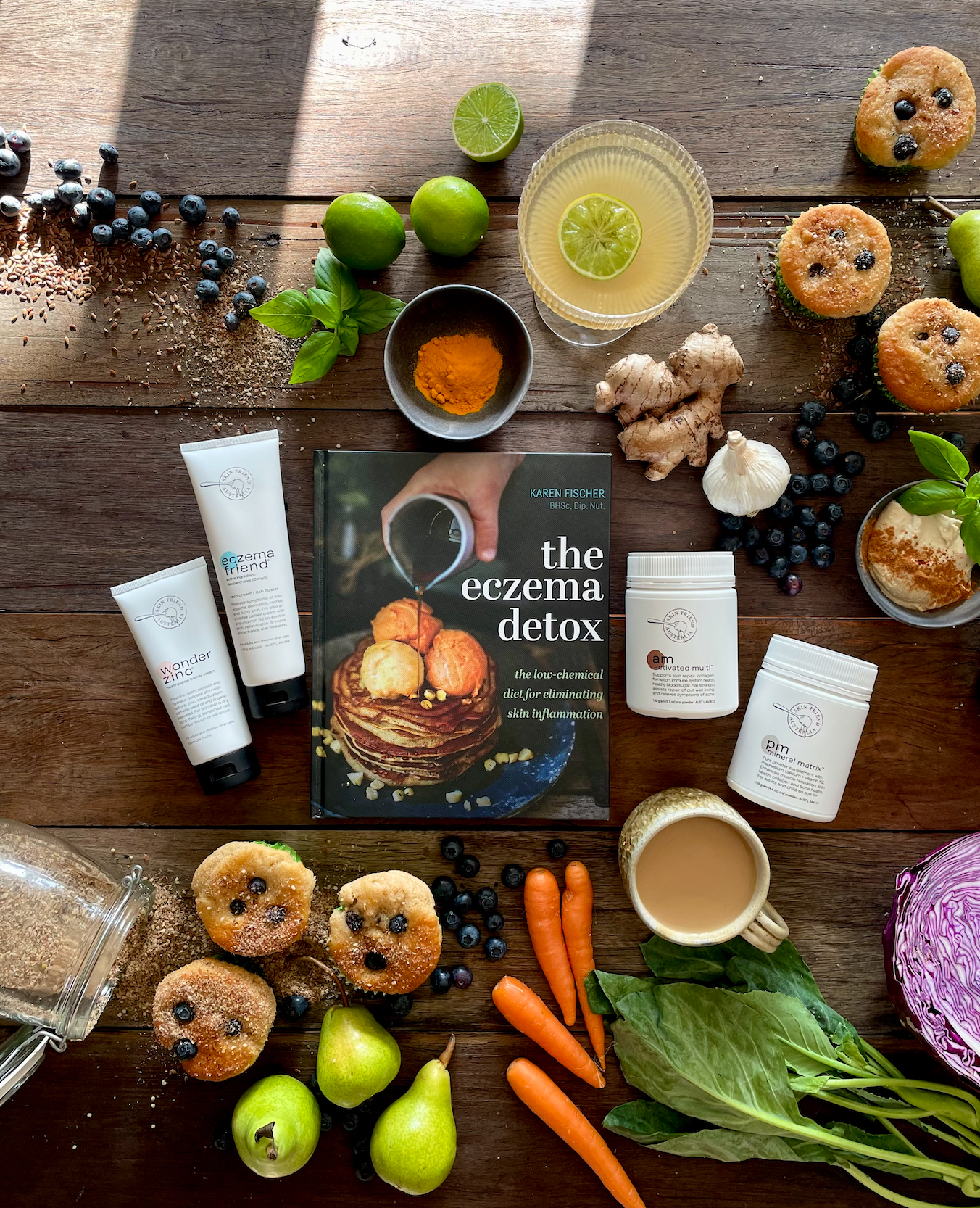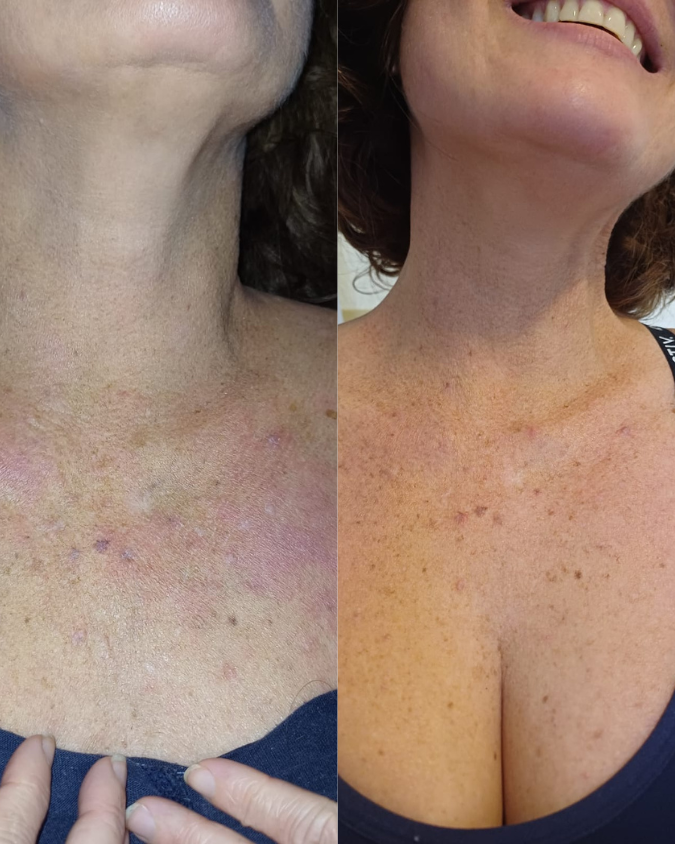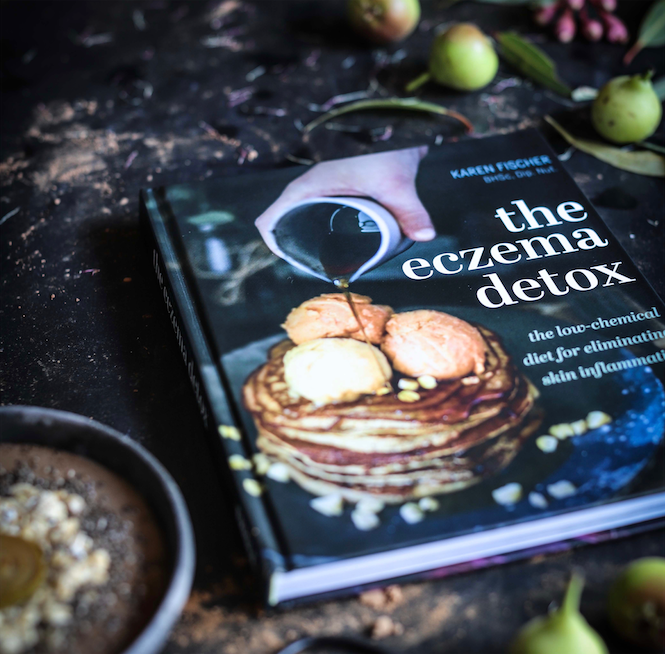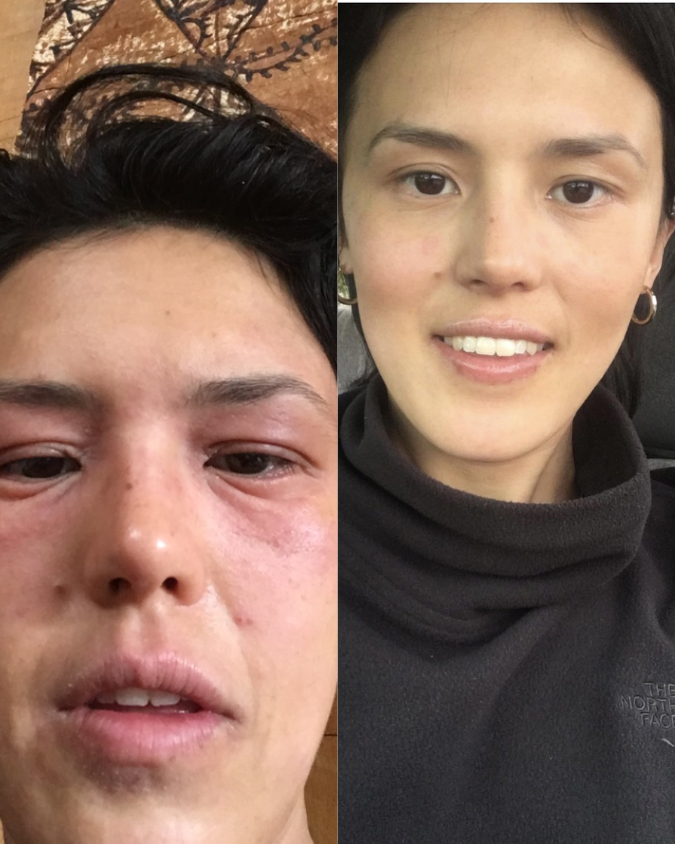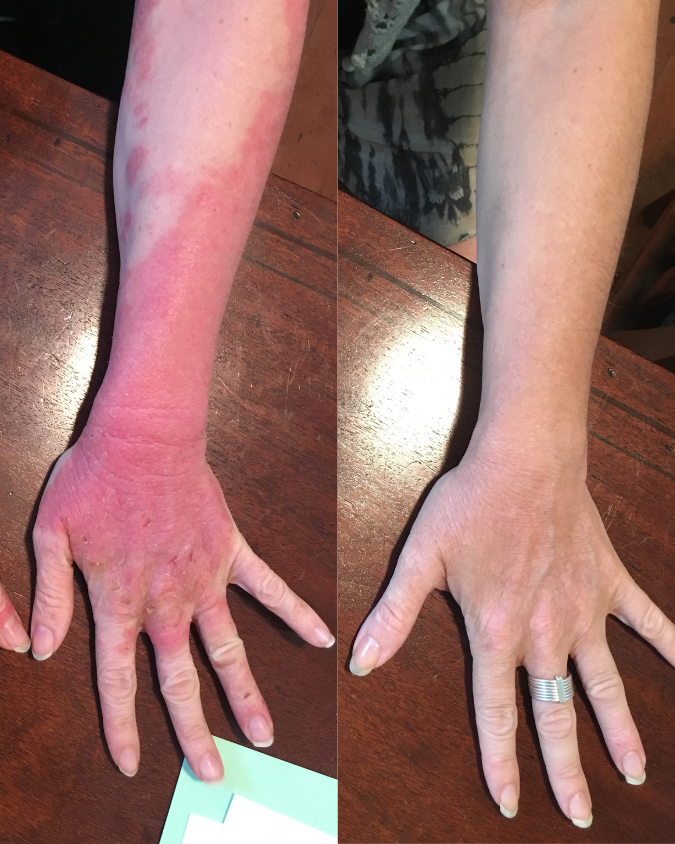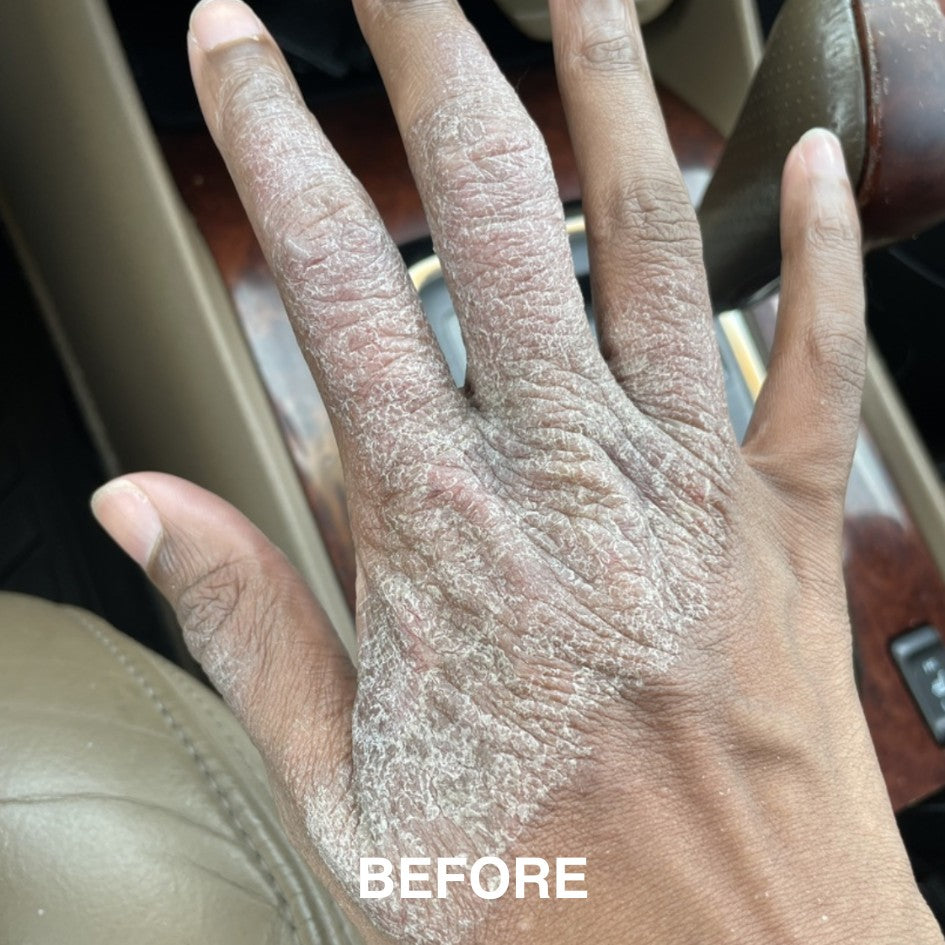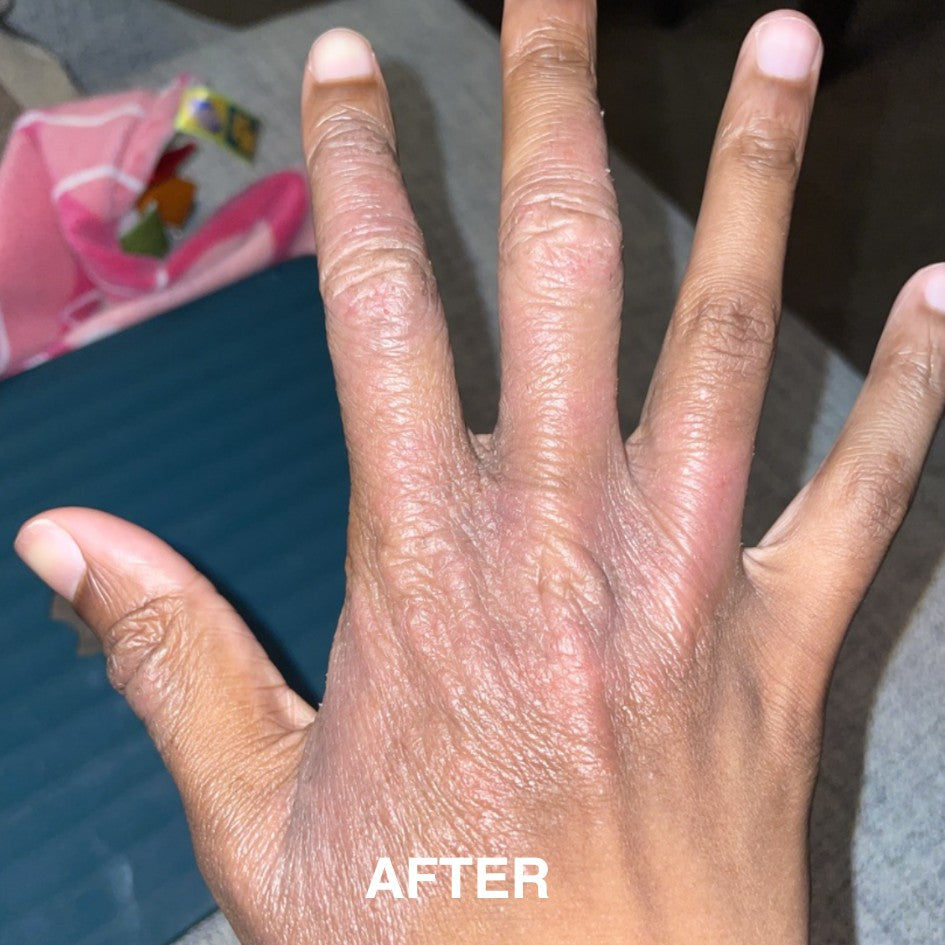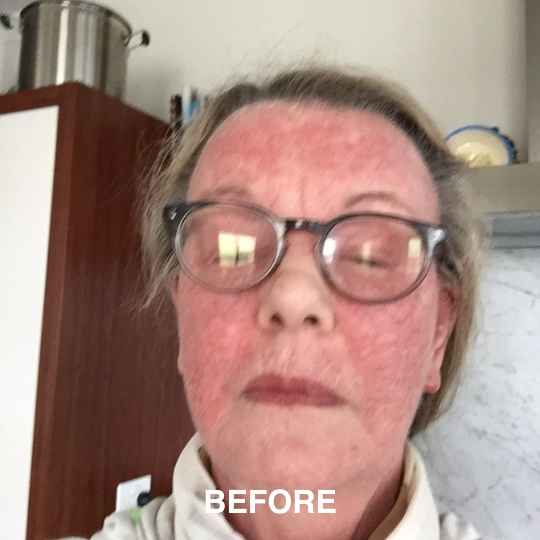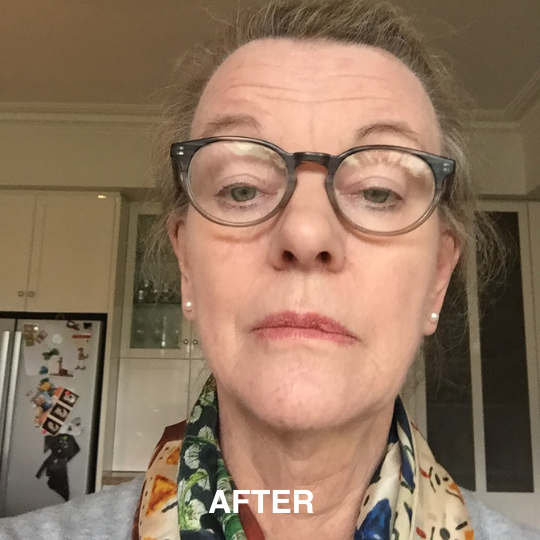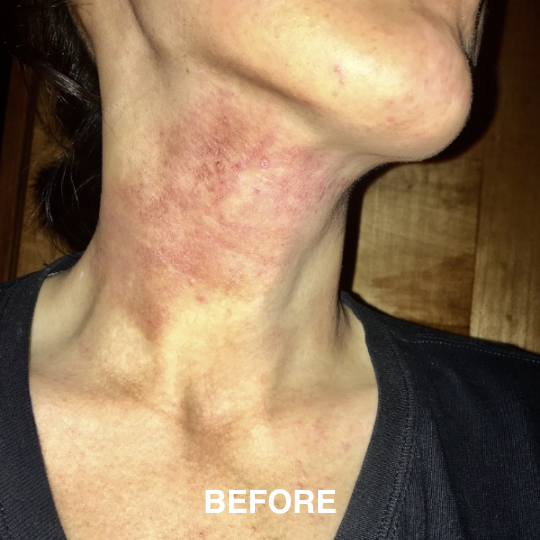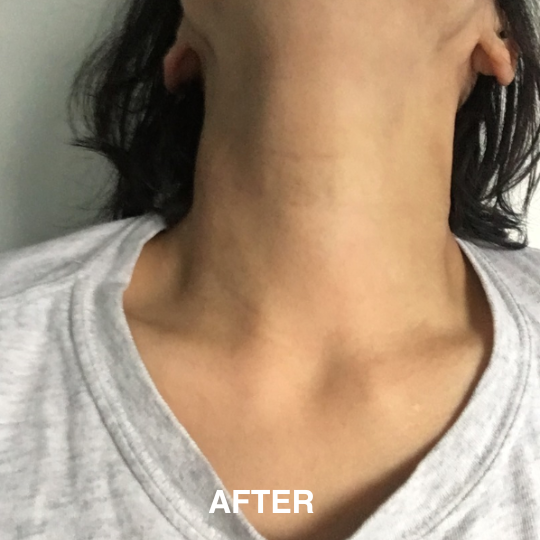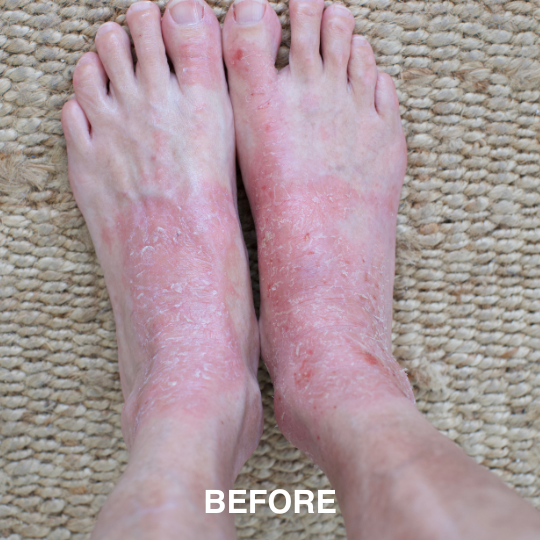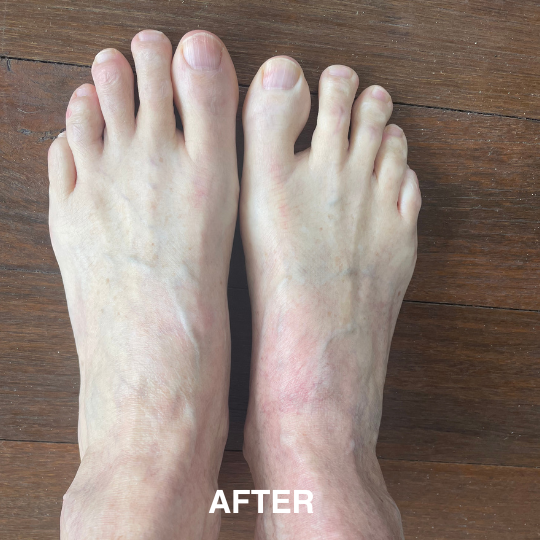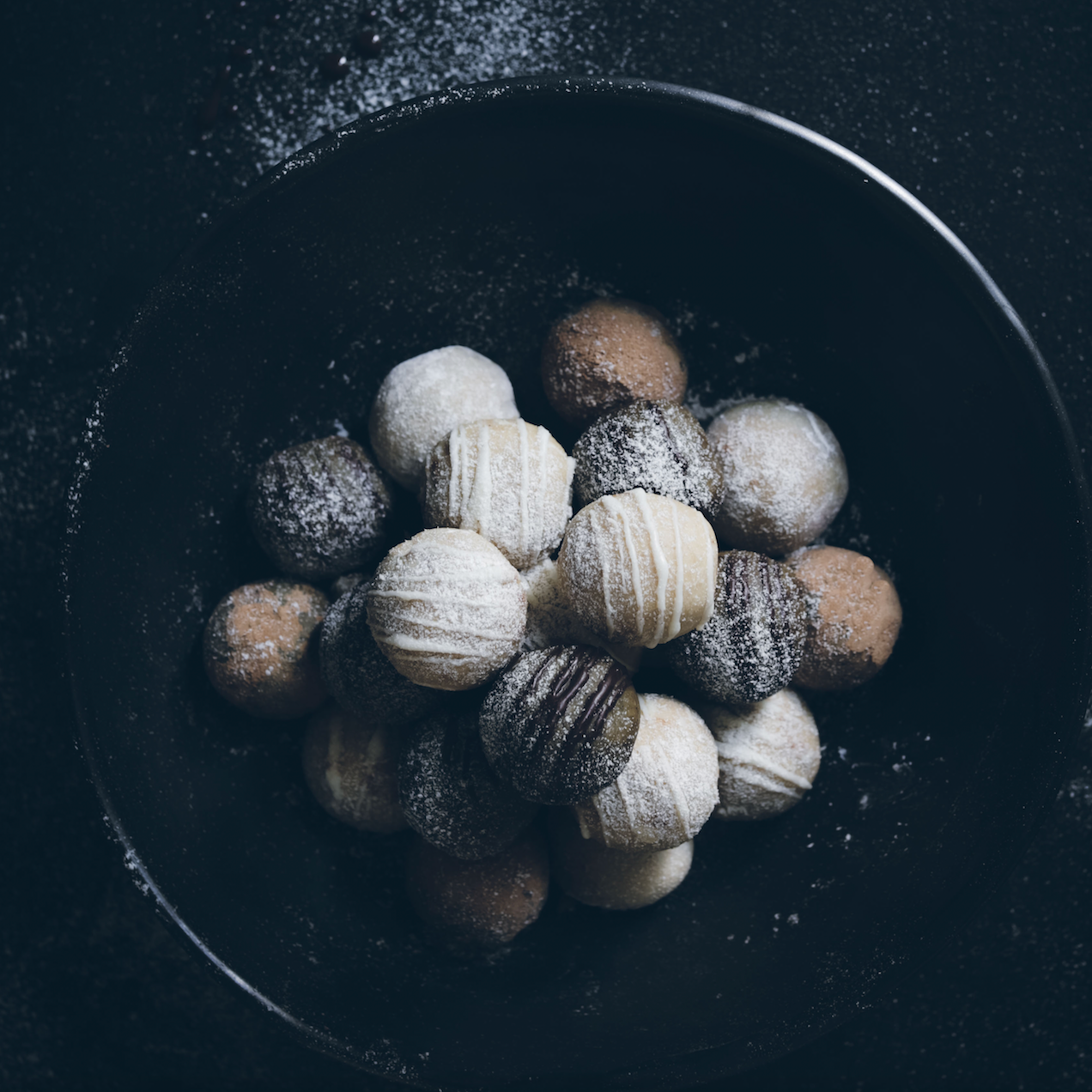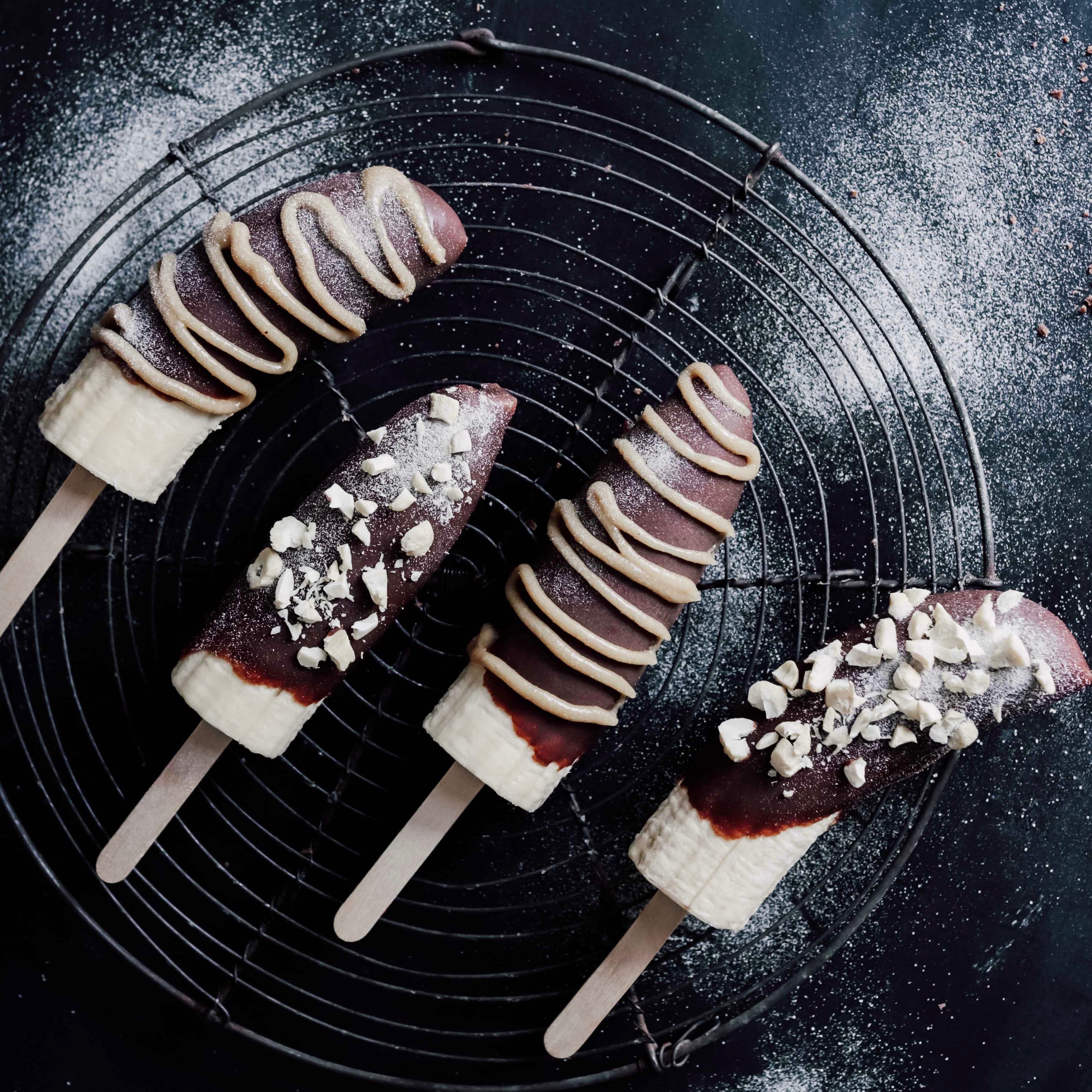
Who doesn't love dunking their bread into steaming hot soup or topping their toast with a tasty spread?
If you are following the Eczema detox plan and also avoiding gluten, GF bread options can be a little limited as many supermarket loaves of bread can contain itch promoting ingredients.
Dairy, eggs and nuts are 3 of the most common allergy foods seen in eczema sufferers. Unfortunately, dairy and eggs are often found in store-bought, gluten-free bread. Yeast and yeast extracts are also a common ingredient as this helps the dough to rise. However yeast extracts contain high amounts of amines which over 30% of eczema sufferers adversely react to (according to research from the RPA Hospital Allergy Unit).
If you are celiac or find gluten aggravates your skin, then you MUST try this dairy free, yeast free, egg free, gluten free bread. Without the added yeast and eggs, the texture of this bread is slightly denser. However, it is so easy to make and even easier to devour.
Choosing the flour
When making a homemade gluten free bread it is best to use a combination of light, medium and/or heavier flours. So, if you need to sub out any flours from the recipe below, use the following guide to play around with your own mixture (keep in mind not all flour combinations were trialled so results could vary when replacing flours).
Light flours (starches) - A great addition to help keep the bread lighter and hold together.
- Arrowroot powder
- Potato starch
- Tapioca starch
Medium flours
- Quinoa flour - has a very distinct flavour but high in protein and lower in carbs
- Sorghum flour - a lovely mild taste and perfect for baked goods
- White rice flour (finely ground) - popular in baked goods, provides a light texture similar to starch
- Besan flour - provides a nice flavour almost like popcorn
- Millet flour - mild, slightly nutty taste
- Oat flour (may not be tolerated for all those gluten-free or celiac), provides a mild flavour
Heavy flour
- Buckwheat flour - very distinct flavour, if you like the taste of buckwheat pancakes, you should like this
- Brown rice flour - mild flavour, works well in baking
- Amaranth flour - unique taste, high in protein lower in carbs
 Health Benefits
Health Benefits
This bread provides fantastic digestive support due to its high fibre ingredients such as sorghum flour and brown rice flour. Resistant starch such as potato flour acts as a prebiotic and works to feed the good bacteria in your gut. The addition of psyllium husks and flaxseeds provide a mucilaginous fibre which helps to promote regularity, soften the stool and work to feed your good bacteria.
NOTES
We recommend trialling ingredients in this recipe individually that you have not yet tried (such as the psyllium), before making this bread.
If you are following the FID (Food Intolerance Diagnosis program from The Eczema Detox), you can replace the flaxseeds with extra psyllium husk powder, to make this an FID-friendly, low salicylate and low amine recipe. Less water may be needed with this change so add the water gradually and stop when the mixture is becoming too liquid.
For everyone else, if you do not have psyllium husk powder, you can use psyllium husks, additional flaxseeds or ground chia seeds as a replacement.
Bread should keep fresh for 3-4 days in the fridge. After three days slice and freeze in sandwich bags to ensure it does not go mouldy.
Maple sugar or brown rice syrup can be used as an alternative to maple syrup.
Ingredients such as fresh chives and garlic can be added for a tasty savoury loaf.
 INGREDIENTS
INGREDIENTS
- 1 cup of brown rice flour (or other flour of choice)
- 1 cup of sorghum flour (or other flour of choice such as besan which was our second favourite)
- 1/2 cup of potato starch
- 1/2 cup of tapioca flour
- 2 tablespoons of freshly ground flaxseeds (contains moderate salicylates and amines, replace with additional psyllium if FID)
- 2 tablespoon of psyllium husk powder
- 1 teaspoon of quality fine sea salt (or use less if needed)
- 8 teaspoons of gluten-free baking powder (make sure this is still in date so the bread will rise as much as possible)
- 2 tablespoons of 100% pure maple syrup or another sweetener of choice (optional)
- 4 tablespoons of rice bran or sunflower oil
- 2 1/2 cups of filtered water
METHOD
Preheat the oven to 180°C (350°F) and cover a loaf tin with baking (parchment) paper.
Mix all the dry ingredients in a large bowl and use a spoon to combine well.
In another medium sized bowl mix together the filtered water, maple syrup (or brown rice syrup) and oil. Whisk together then pour half of the liquid into the dry mixture and whisk well with a fork.
Pour the remaining liquid into the mixture and continue whisking well until combined a fluffy. You may need to also use a spoon to smooth out any flour pockets.
Leave for 5 minutes to rest as this will give time for the mixture to thicken (it should be slightly thick and sticky like below), then pour the mixture into the loaf tin with the baking paper.
Use a spatula or spoon to ensure the mixture is even on top and leave for another couple of minutes before placing into the oven.

Cook the bread for 50-60 minutes (depending on the oven), then remove, take off the baking paper and return the loaf to the oven for another 5-10 minutes to finish cooking (keep an eye out to make sure it does not get too brown).
If you can resist the temptation, leave to cool before slicing.
This bread can be eaten cold but is tastiest toasted, serve with your favourite eczema friendly soup, salad or spread such as beetroot hummus and cashew butter.

Products
At the Eczema Diet Membership, we recommend nutritionist Karen Fischer's low food chemical program (The Eczema Detox) along with additive-free supplements for skin health and wellbeing. Click on the images to view more details:


Food photos by Katie Layland. Recipe by Katie Layland and Amanda Mitchell.



 Health Benefits
Health Benefits INGREDIENTS
INGREDIENTS




